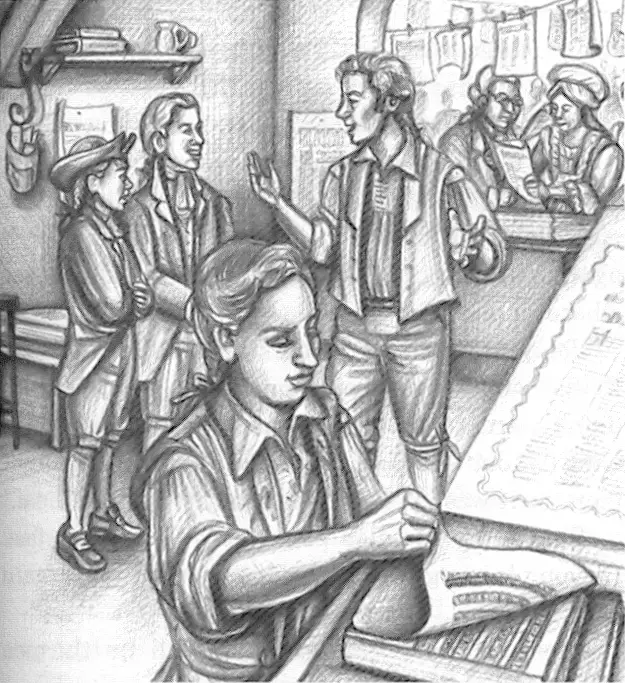Book Review: John Hancock, Independent Boy
John Hancock is one of American history's best-known names. Most students know a little about him and his role in the American Revolution. But what was he like as a child? Book Nine in the wonderful Young Patriots Series is John Hancock, Independent Boy, by Kathryn Cleven Sisson. Like the other books in the series, this book is a republication, this time of a book that came out originally in 1963. It tells the story of a boy who grew up to love his country and didn't want other people telling him how to live (or what to do with his money).
John's father dies when the boy is young, and his mother sends him to live with a rich uncle in Boston. He learns the merchant trade and also learns not to trust the British, whom his uncle and other men around him believe are interfering in the American colonists' way of life. But he also, as a younger child, has what we would consider "regular" adventures: He thoroughly enjoys going to the Boston Zoo. (Yes, they had one back then.) He isn't the best student in the class and has to work at his studies. He doesn't much care for the fine clothes and, especially, the powdered wig that his aunt and new guardian insists that he wear. He even makes friend with a Native American boy, Little Turtle, whose name pops up several more times before the book's end. This book is a wonderful insight into the young life of America's most famous personalities, filling in the gaps between "child of privilege" and "royal traitor." It does a good job, as well, as explaining the Revolution from not only a boy's eyes but also from the hearts and minds of adults. When John Hancock signs his name for all, especially the King of England, to see, we the readers know why John did it and what he hoped to accomplish, since we have understood him as he has grown up before our eyes. The majority of the action in the book is John's youth and growing up, yet the transition to the adult Hancock is not forced or abrupt. This is a good thing, letting the reader see the complete evolving picture of a young boy who grew up with heroes and became one himself. |
|
Social Studies for Kids
copyright 2002–2024
David White



 The author is an excellent name-dropper. Young Johnny meets John and Samuel Adams (left) as well as Paul Revere. (He even has a snowball fight with the young Paul, long before the latter would become famous for riding a horse through the countryside in the middle of the night.)
The author is an excellent name-dropper. Young Johnny meets John and Samuel Adams (left) as well as Paul Revere. (He even has a snowball fight with the young Paul, long before the latter would become famous for riding a horse through the countryside in the middle of the night.)

